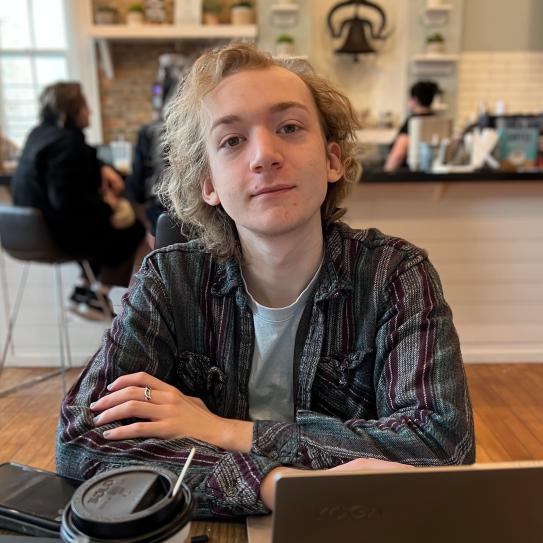El Whittle

UN SUSTAINABILITY GOALS
- Good Health And Well-Being
AREAS OF EXCELLENCE
- Data Science/AI/Robotics
Global Challenge: Reverse engineering the brain
Abstract
The human brain contains roughly 160 billion cells. Half of them are neurons. Detangling the structures and functions of the brain have led us to a multitude of discoveries including brain regions, mappings of mechanisms underlying disorders, and neuronal circuits tied to attention and consciousness. With each new discovery, the brain gains a new dimension of examinable complexity. But our focus has been mainly on neurons. Non-neuronal cells, which had largely been thought only to act as a sort of scaffolding for neurons, play important roles in certain neural circuitry, and plasticity. My initial application to GLASS suggested building neural networks out of hardware, and, to take it further, out of neurons. The benefits of this include real-time physical simulation and a reduced level of power needed for simulation. I have learned since about neuromorphic computing, the development of hardware to create brain-like processors. This closely relates computer science, neuroscience, and materials science. However, neuromorphic computing is just beginning to see the importance of including simulated glial cells. In the past few years, neurons were cultured on a silicon chip and taught to play pong, and a neuron and glial cell biogel was 3D-printed into structures which organized into patterns that strongly resemble those of real rat brains. In this paper, I examine these and other recent developments in reverse-engineering the brain, promote the widespread adoption of astrocytes and glial cells into brain simulations, and explore the blooming field of biological neural networks and 3D bioprinted brain-like structures.
Bio:
El is a computer science student at NYU Tandon School of Engineering. They work as a ML infrastructure engineer for Insightflow. They have notable experience in computational neuroscience, machine learning, game development, robotics, and the design and implementation of programming languages. They are interested in compilers, LLMs, working with the brain, and making things that positively affect their community.

